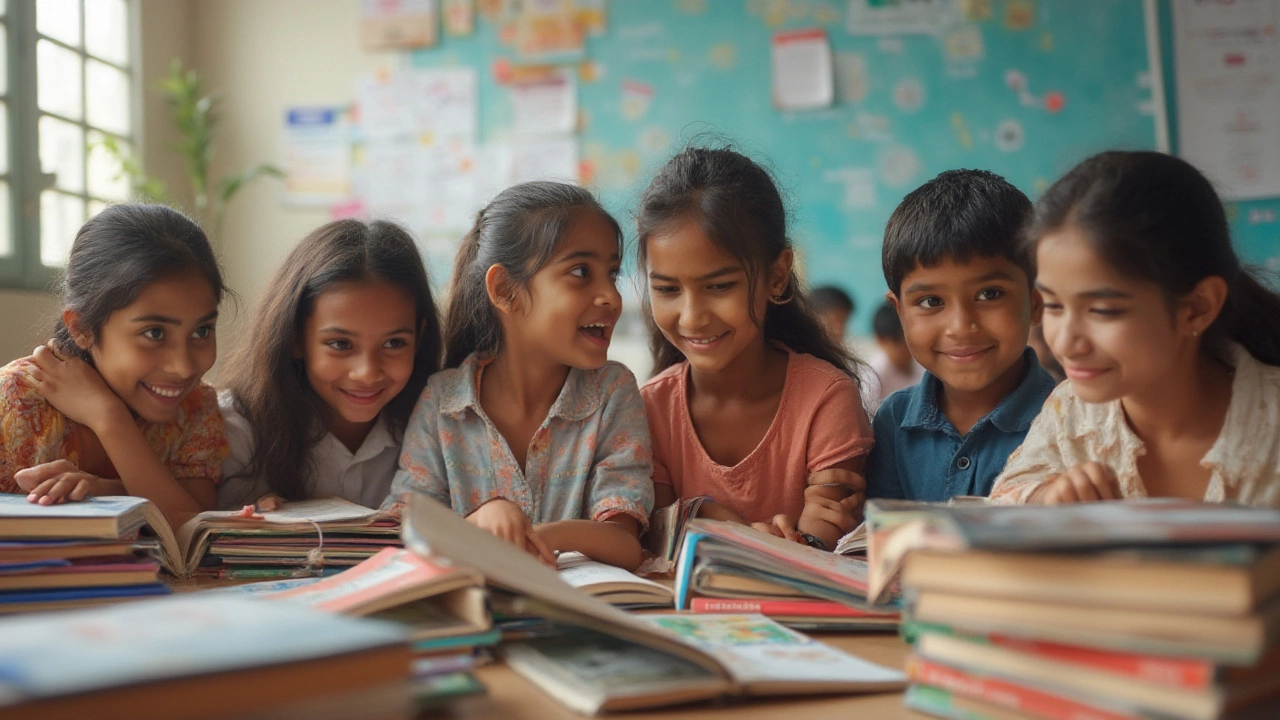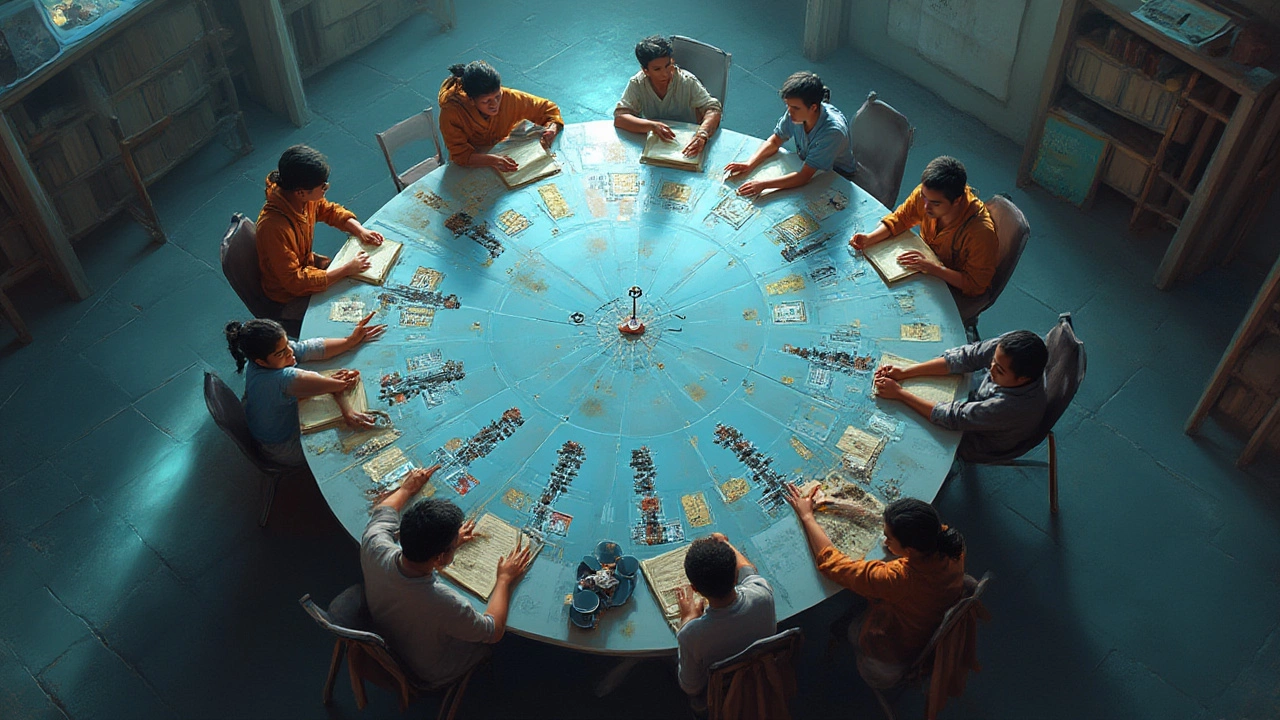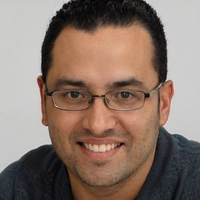
Ever met a kid who aces everything in school, then you peek at their textbooks and think, “Okay, maybe I could use a nap after reading three pages”? School isn’t the same everywhere, and some syllabuses are known for being especially brutal on both students' brains and their social lives. The whole idea of what’s the “hardest” syllabus isn’t just about thick books or crazy math problems. It’s about pressure, workload, exam patterns, and sometimes even the expectations built into the system. People swap nightmare stories of different national and international curriculums as if they’re badges of honor. Is it the Indian CBSE, the globally-dreaded International Baccalaureate (IB), or something most folks have never even heard of?
The Big Names: IB, A-Levels, and AP—What’s the Big Deal?
The International Baccalaureate Diploma Programme (IBDP) regularly shows up in conversations about tough high school curriculums. It’s designed to churn out well-rounded, critical thinkers, and honestly, it leaves zero room for slackers. You’re expected to take a mix of science, math, humanities, and languages. On top of that, you’re hit with Theory of Knowledge (ToK), which asks questions like “How do you know you know what you know?” Get ready for extended essays that could rival some college work in depth, plus the Creativity, Activity, and Service (CAS) hours that chew into whatever’s left of your social life. With grading based on internal assignments, oral presentations, and grueling three-hour exams in each subject, it’s no wonder IB alumni wear their diplomas like medals.
A-Levels, the UK’s pride, come close in terms of depth. They let you focus heavily on a few subjects—great if you’re obsessed with, say, chemistry and economics, but less forgiving if you pick your subjects poorly. Universities (especially in the UK, Australia, and Singapore) eat this up, but the weight on the student to master content at “college-intro” level is huge. Students spend hours every night revising years’ worth of material, knowing that final-grade pressure piles up at the very end.
Advanced Placement (AP) in the US seems fun because you can pick and choose, but don’t let that fool you. Some AP courses, like Calculus BC or US History, cram a college semester’s worth of learning into a single high school year. The AP-stacked transcript is almost a requirement for ambitious students aiming for top US colleges, making it a stress marathon with little room for error.
Want the details? Check this quick comparison:
| Curriculum | Number of Subjects | Assessment Methods | Difficulty Perception |
|---|---|---|---|
| IBDP | 6 (including ToK, EE, CAS) | Exams, assignments, oral work | Very High |
| A-Levels | 3-4 | Mainly final exams | High |
| AP | 1+ (Student picks) | Coursework, final tests | High |
The common thread? Breadth versus depth, but always a heavy load. If you’ve met a student from any of these programs, you can probably spot the coffee stains and sense of humor warped by years of studying past midnight.
The Indian Gauntlet: CBSE, ICSE, and the Unbeatable IIT JEE
If you grew up anywhere near India, or know any Indian families, you’ve likely heard rumors about the infamous CBSE board exams. The Central Board of Secondary Education (CBSE) is king in India’s public sector, and the workload isn’t for the faint-hearted. With its national curriculum, students usually juggle five to seven subjects with vast textbooks, intense rote learning, and expectation to memorize gigantic chunks of content. It’s not rare for 10th and 12th graders to sacrifice weekends and holidays for revision classes, barely squeezing in a breath between sample paper drills.
The Indian Certificate of Secondary Education (ICSE) cranks up the pressure a bit differently, asking for more English proficiency, more coursework, and, in the upper grades, even more subjects. ICSE students are often praised for their language skills and depth of understanding, but the downside? The workload is punishing. Parents joke that for every ICSE textbook, you get a new bookshelf.
But honestly, nothing blows minds like the IIT-JEE preparation path, usually outside the “official” school syllabus but closely tied to it. The Indian Institutes of Technology (IITs) are the Harvard, MIT, and Oxford of Indian engineering rolled into one, and their entrance test (Joint Entrance Exam, aka JEE) is designed to filter out all but the last 1% of hyper-prepared teenagers. Here’s a stat: In 2024, over 1.2 million students took the exam, but just about 16,000 got in. Preparation usually starts in the 8th or 9th grade and piles on extra books, coaching centers, late-night study marathons, and an atmosphere of relentless competition. Everyone’s trying to crack the code, and only a sliver make it.
People argue about whether the pressure does more harm than good, but for now, the Indian trio (CBSE, ICSE, JEE prep) forms a gauntlet that shapes millions of future doctors, engineers, and entrepreneurs.
Asian Dragons: Singapore, South Korea, and Tough Exams That Define Futures
Let’s switch continents for a second. If you think standardized testing is overhyped in the West, take a peek at the high school systems in East Asia. Singapore is known for its education system, which World Bank data and OECD rankings consistently put near the top for math, science, and reading. The curriculum is structured, rigorous, and leaves very little to chance. By age 12, students go through the Primary School Leaving Examination (PSLE), which more or less decides which path they take for the next 6-12 years. The syllabus in junior colleges (pre-university) is essentially an A-Levels sprint, but often runs with an added layer of speed and competition. Just in 2023, more than 35% of students in top Singapore junior colleges scored straight As, not always because the curriculum is easy, but because pressure and parental support for “perfection” is high.
South Korea, meanwhile, is home to the infamous "Suneung"—their College Scholastic Ability Test (CSAT). The entire country goes quiet on exam day: planes are grounded, police escort late-running students, and stock markets start late. This isn’t just hype; students study up to 14 hours a day, often including night prep schools (“hagwons”). The school syllabus itself is heavy, focusing a lot on memorization and drilling, which is great for test performance but tough on mental health. Interestingly, the mental health fallout has led to increased efforts to make education more holistic, but the syllabus remains a firehose of information.
If you look at international benchmarking (like the Programme for International Student Assessment—PISA), these countries always float to the top. The tradeoff? High rates of student stress, and not as much emphasis on creativity or critical thinking outside exam contexts.

New Contenders: China’s Gaokao, the French Baccalauréat, and German Abitur
China’s Gaokao might just be the world’s fiercest academic sorting hat. Over 12.9 million Chinese students sat for this national exam in 2024, sometimes dubbed “the exam that decides your whole life.” The curriculum leading up to it—math, Mandarin, English, science, and more—is relentless. A typical Gaokao hopeful studies seven days a week, sacrificing almost everything else for three years. Students sometimes claim they barely get five hours of sleep a night leading up to the test.
France has its own tough nut: the Baccalauréat (“Le Bac”). Reformed in recent years, it now has core and elective subjects, but the workload still includes thick philosophy tomes, math proofs, and oral exams. If you want to get into top engineering or business schools, you need to ace the scientific or economic tracks, which are intense by any standard.
Germany’s Abitur isn’t as infamous, but it combines breadth with tricky standalone oral and written exams. The focus on understanding, presentation, and deep dives into selected topics distinguishes it from rote-based systems. Students need around 12 years to complete the curriculum, and it’s rigorous enough that many German teens finish fluent in two or three languages, alongside advanced science or humanities electives.
If you ever want to spark a heated debate, just ask a room full of Chinese, French, and German graduates whose exams nearly broke them—everyone’s got stories.
Tips for Surviving—and Thriving—In Brutal Syllabuses
If you’re facing down a syllabus that makes your head spin, it’s easy to feel overwhelmed. But lots of students come out stronger on the other side, and not just because they’ve found creative ways to survive on two hours of sleep and copious amounts of caffeine. Here are a few real, battle-tested tips:
- Mindset is everything: Students who see their syllabus as a long game, not just a grade chase, tend to suffer less burnout. Find something to geek out about in every subject, even if it’s just for a week.
- Don’t ignore breaks. Your brain isn’t a machine. Even a short outdoor walk can reset your focus. Timed breaks actually improve memory and reduce the urge to procrastinate.
- Use active recall and spaced repetition. Simple flashcards beat rereading whole textbooks. Apps like Anki can be game-changers.
- Pick friends who “get it.” Some of your best support will come from people in the same fight. Celebrating wins together keeps you going through months of late-night study.
- Lean on mentors, not just tutors. Teachers, older students, even recent grads, can share tips or just reassure you that the tunnel does have a light.
- Rest when you crash. All-nighters lead to memory blackouts and major mood swings. Real learning needs sleep, even if it feels like sleep is a luxury.
The Ongoing Battle: Which Syllabus Really Is the Hardest?
So, what’s the verdict – which is the world’s hardest school syllabus? Truth is, there’s no one-size-fits-all answer. Some say it’s the hardest school syllabus like IB or Gaokao for their rigorous scope, while others dread the Indian boards for their relentless pace. What’s actually toughest depends on your learning style, life outside school, and the kind of pressure you thrive—or struggle—under. But one thing stands out: the syllabuses that combine breadth, depth, and pressure (like IB, CBSE with JEE prep, Gaokao, and Suneung) share a reputation for turning teenagers into resilience experts.
If you want a challenge and are looking for bragging rights, there’s no shortage of brain-busting options out there. Just remember to come up for air, and in the end, it’s not about surviving the syllabus, but finding your own path forward—even if the textbooks would rather see you buried beneath them.
